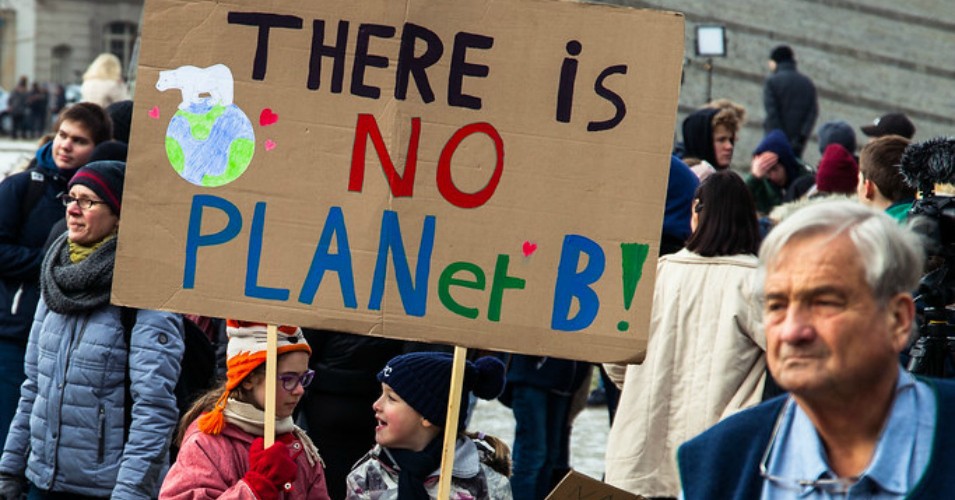
Satellite images show that two important glaciers in the Antarctic are sustaining rapid damage at their most vulnerable points, leading to the breaking up of vital ice shelves with major consequences for global sea level rise.
In recent years, the Pine Island Glacier and the Thwaites Glacier on West Antarctica has been undergoing rapid changes, with potentially major consequences for rising sea levels.
The scientists have found that while the tearing of Pine Island Glacier’s shear margins has been documented since 1999, their satellite imagery shows that damage sped up dramatically in 2016.
Similarly, the damage to Thwaites Glacier began moving further upstream in 2016 and fractures rapidly started opening up near the glacier’s grounding line, which is where the ice meets the rock bed.
However, the processes that underlie these changes and their precise impact on the weakening of these ice sheets have not yet been fully charted.
A team of scientists including some from TU Delft has now investigated one of these processes in detail: the emergence and development of damage/cracks in part of the glaciers and how this process of cracking reinforces itself. They are publishing about this in the Proceedings of the National Academy of Sciences. (Stef Lhermitte, Sainan Sun, Christopher Shuman, Bert Wouters, Frank Pattyn, Jan Wuite, Etienne Berthier, Thomas Nagler. Damage accelerates ice shelf instability and mass loss in Amundsen Sea Embayment. Proceedings of the National Academy of Sciences, Sept. 14, 2020; DOI: 10.1073/pnas.1912890117)
The scientists have combined satellite imagery from various sources to gain a more accurate picture of the rapid development of damage in the shear zones on the ice shelves of Pine Island and Thwaites.
This damage consists of crevasses and fractures in the glaciers, the first signs that the shear zones are in the process of weakening. Modeling has revealed that the emergence of this kind of damage initiates a feedback process that accelerates the formation of fractures and weakening.
Human-induced warming of our oceans and atmosphere because of the increasing release of heat-trapping greenhouse gases is weakening the planet’s ice shelves.
This ocean warming has increased the melting and calving (the breaking off of ice chunks) of Pine Island and Thwaites glaciers, studies show, while declining of snowfall means the glaciers can’t replenish themselves.
The damage researchers found pointed to a weakening of the glaciers’ shear margins – areas at the edges of the floating ice shelf where the fast moving ice meets the slower moving ice or rock underneath.
According to the scientists, this process is one of the key factors that determine the stability – or instability – of the ice sheets, and thus the possible contribution of this part of Antarctica to rising sea levels.
They are calling for this information to be taken into account in climate modeling, in order to improve predictions of the contribution these glaciers are making to rising sea levels.
The study comes on the heels of research published last week that found deep channels under the Thwaites Glacier may be allowing warm ocean water to melt the underside of its ice.
The cavities hidden beneath the ice shelf are likely to be the route through which warm ocean water passes underneath the ice shelf up to the grounding line, they said.
Over the past three decades, the rate of ice loss from Thwaites and its neighboring glaciers has increased more than five-fold. If Thwaites were to collapse, it could lead to an increase in sea levels of 64 centimeters.
On September 14, scientists announced that a 44-square-mile chunk of ice, about twice the size of Manhattan, has broken off the Arctic’s largest remaining ice shelf in northeast Greenland in the past two years, raising fears of its rapid disintegration.
The territory’s ice sheet is the second biggest in the world behind Antarctica’s, and its annual melt contributes more than a millimeter rise to sea levels every year.
SIGN UP FOR COUNTERCURRENTS DAILY NEWSLETTER














































